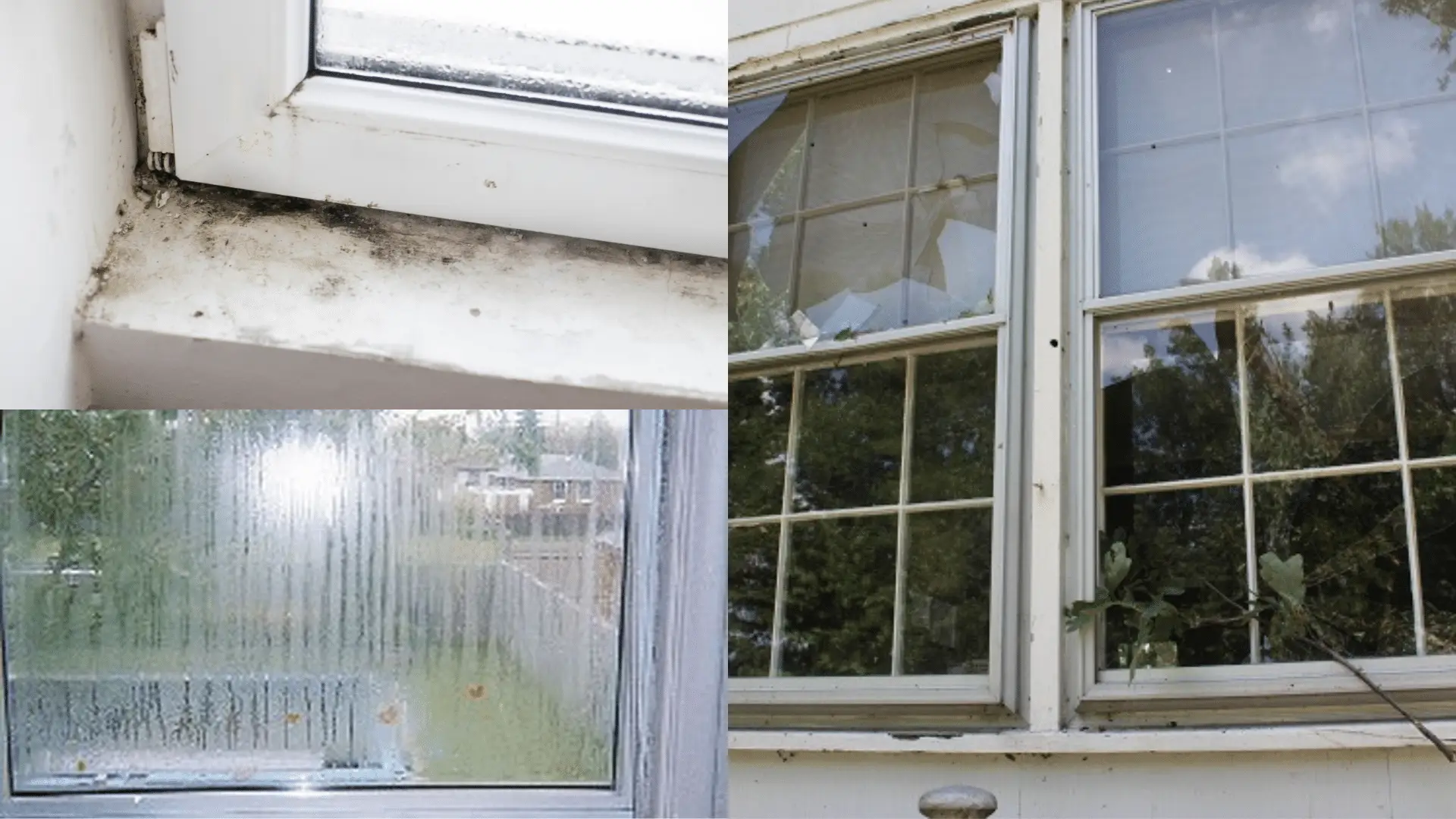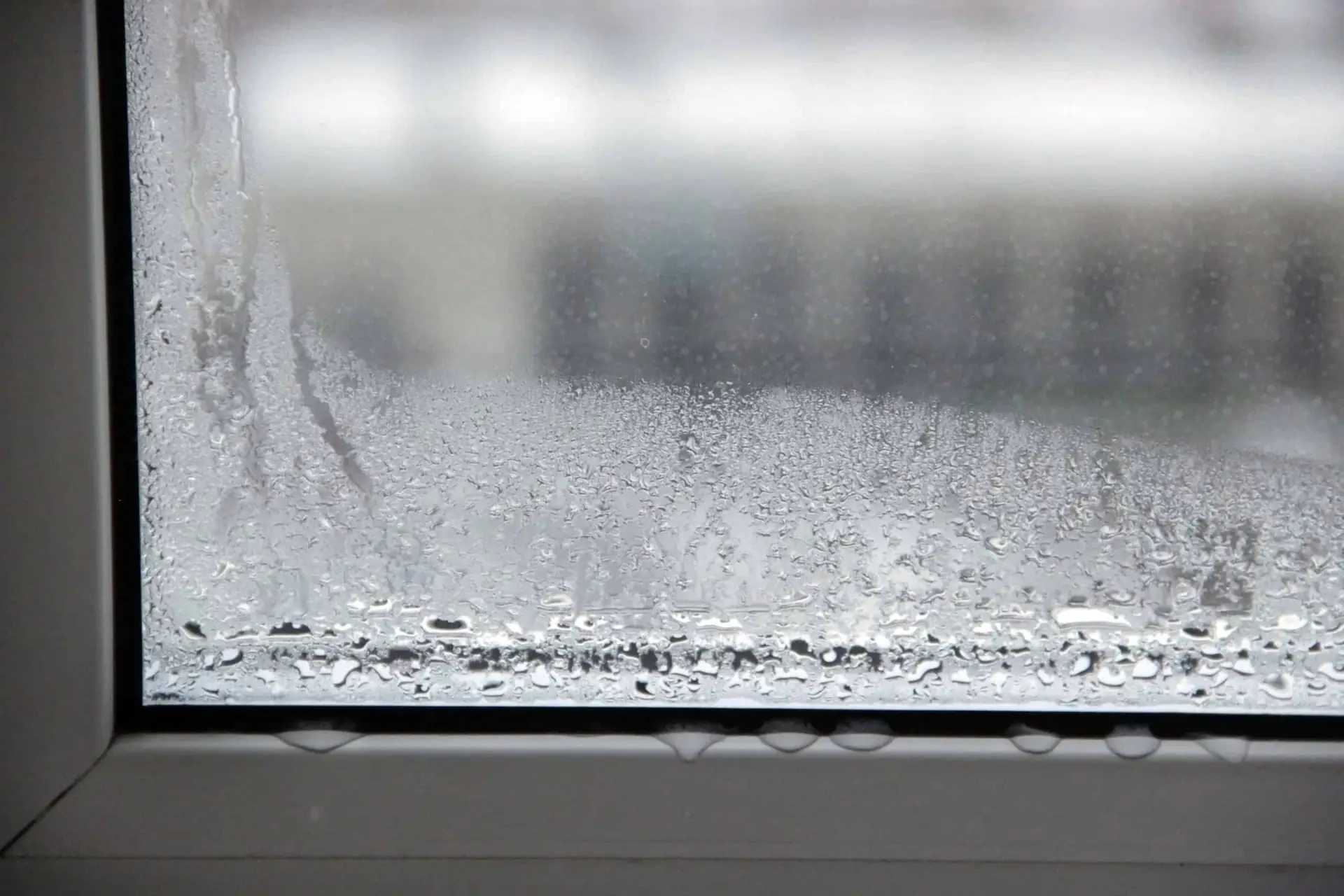
When you’re ready to take a look out the window, nothing ruins the view much more than foggy windows. A foggy window is usually a strong sign of poor window performance. But there are also times when condensation is harmless, which is good news for you! Yes, it’s possible to put an end to those unclear window views, but it depends on what’s causing the fog in the first plce. If you are wondering how to stop foggy windows, this advice is can help make window condensation a problem of the past.
Step 1: What’s causing the window fog?
Foggy windows come from condensation. This condensation forms when warm air comes in contact with cool glass. Think of when your drink starts to sweat on a warm summer day. It’s a very similar process when it comes to your windows.
You’ll find that most house windows are foggy because:
- The fog is harmless and natural (it will wipe away easily)
- The humidity in your home is too high
- The seal of your window is broken
If the fog on the inside your window wipes away, you don’t have much to worry about–unless the fog keeps returning not long later. This is when you might have a problem.
When the fog is a continuous issue for your windows, move on to step 2.
Step 2: See if your windows are leaking water
Are your windows leaking water? Water leaks are a common culprit behind your foggy windows. Keep in mind that drafty windows may leak water. If air can seep inside, water can enter your home as well.
Windows will usually leak water from these trouble spots:
- The top
- The bottom
- The sill
- Around the window frame
While you look for leaks, check around to notice if mold is growing on the window sill or the interior window frame. These are typical signs of moisture damage from leaky windows.
What do you do if your windows are foggy and leaking water? Replace them! Otherwise, your windows will continue to fog while you face problems like peeling paint and potential wood rot.
Step 3: Check for broken window seals
Do you have broken window seals? Foggy glass is the big red flag that points to window seal failure. If the fog doesn’t wipe away, the cause is most likey from seal failure.
Is window seal failure a big deal?
You bet! When a window seal fails, energy efficient gases like argon and krypton are able to escape. This means that the window is no longer insulating your home. Energy easily escapes and you may notice your utility bills rising.
The only way to fix seal failure in a window is to replace it. Find out if your window is still under warranty and if it will cover the cost.
Step 4: Check your home’s humidity levels
Especially in the winter, a home’s humidity levels can make the inside of your windows look foggy. A great place to start is by checking your home’s humidity levels. Most modern thermostats offer indoor humidity level readings. If you don’t have a modern thermostat, you can buy a hygrometer from the hardware store.
When you are checking indoor humidity levels, here’s a helpful guideline. The ideal humidity level for your home is 30% – 50%. Humidity levels that are much higher than 50% can cause problems with mold growth. It can also make your windows turn foggy on the inside.
High indoor humidity levels? Try these tips:
- Use a dehumidifier to reduce moisture in the air.
- Increase ventilation by opening windows or using exhaust fans.
- Take shorter showers and use bathroom fans to reduce steam
- Fix leaks in plumbing or roofs to prevent moisture accumulation.
- Insulate pipes to prevent condensation.
- Use indoor plants selectively, as some can increase humidity.
- Keep gutters and downspouts clean to prevent water seepage into the house.

Still not sure how to stop foggy windows? Coastal can help
Finding the root cause of foggy windows can feel tricky. While you can make educated guesses, you can also find out the easy way by giving us a shout. We’re no strangers to foggy windows and the pain that they cause New England homeowners.
Ready to get rid of foggy windows for good? We’re happy to step in and do the detective work for you, inspecting your windows at no cost to you. Contact us now to get started.

